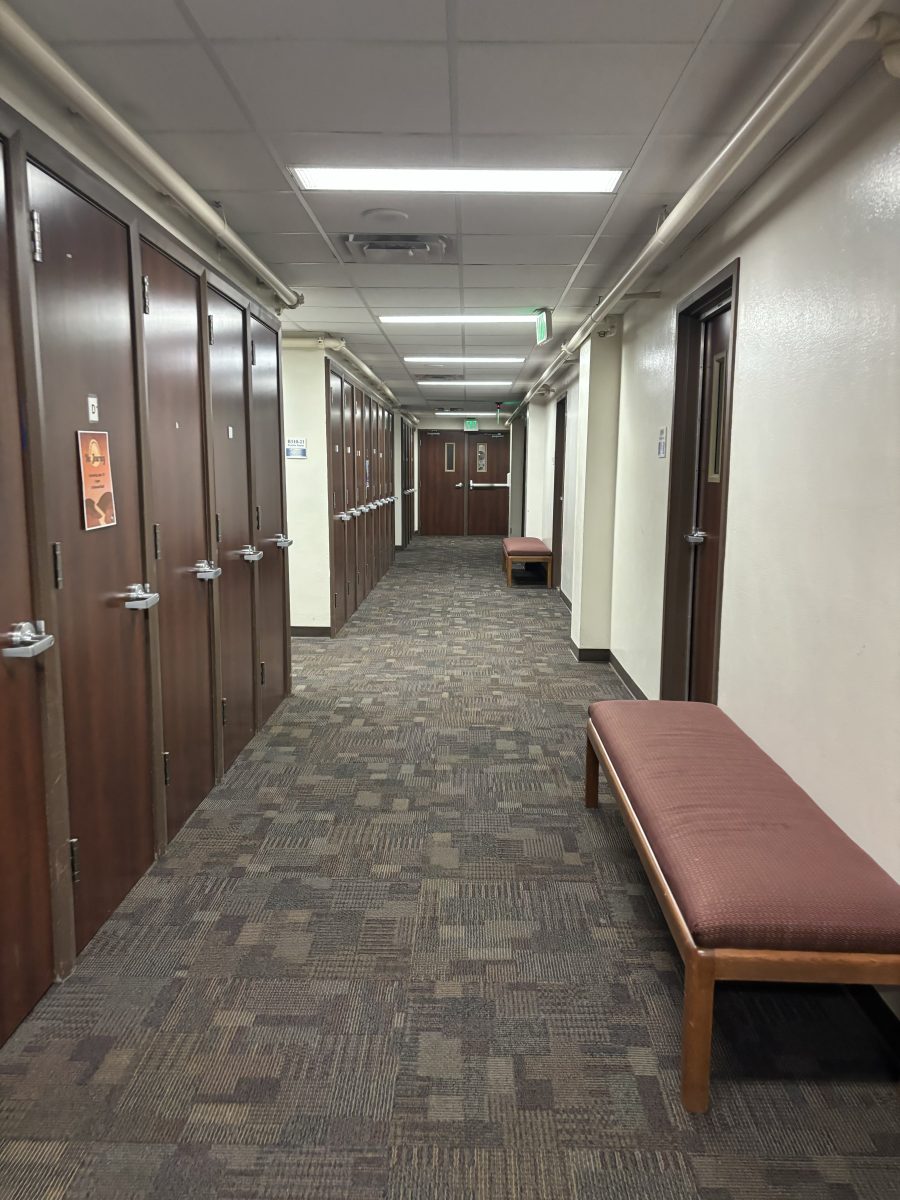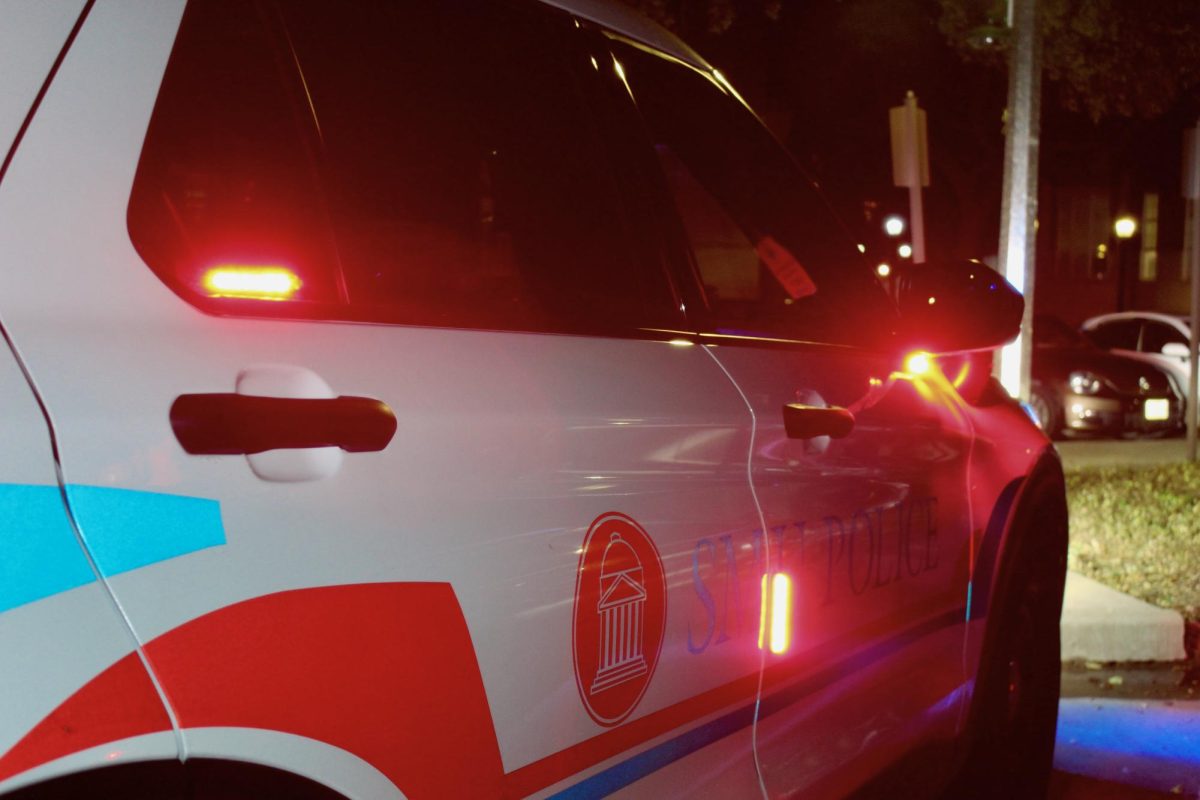On Wednesday, the College of Cardinals selected Argentine Cardinal Jorge Mario Bergoglio, the Bishop of Buenos Aires, as the 266th Bishop of Rome and therefore he replaces the recently retired Benedict XVI as global leader of the world’s estimated 1.6 billion Catholics.
Of the selection of Cardinal Bergoglio, retired librarian and self-proclaimed “non-traditional” Catholic Joe David said, “I hope that the cardinals were signaling something out of the ordinary.”
Leticia Otero, a local ESL teacher originally from Guanajuato, Mexico, who describes herself as a life-long “super happy Catholic by conviction not tradition” said she is so happy and hopes that the new pope will address the problem of disunity in the world.
“The division between rich and poor, how we can work together, not talking about Communism, but equality and justice for everyone,” Otero said. The first Catholics came to Latin America to spread the Gospel and now though she doesn’t expect everyone to become Catholic, she hopes that a Latin American can “spread the unity of Christ throughout the world.”
David said he hoped that, “my church will stop identifying with the rich and powerful and refocus on the poor and the powerless, the very people Jesus was mostly concerned with.” Commenting on Cardinal Bergoglio’s tenure in Buenos Aires, “I like that he seems to have humility, that he lived simply in a small apartment and did his own cooking and rode public transportation to work during which time people would approach him and sit and talk with him. This is a far cry from the lavish life style of some bishops.”
As for what he thinks the church needs most now, David said, “The church needs to make itself seem relevant in a world where it is increasingly seen as not relevant. I don’t mean dumbing things down or trying to be everything to everybody. What I mean is getting away from abstract theology and dogma and helping people where they live and what they are concerned with. There are many reasons so many people leave the Catholic Church. We need to find out what they are and if some of those are things that need to be changed. Not all of course will be.”
One area that has not changed much in several hundred years is the process that resulted in Jorge Mario Bergoglio’s historic promotion.
Since a decree issued by Gregory X during the Second Council of Lyons in 1274 the cardinal electors who are the sole body designated with electing the Bishop of Rome, more commonly known as the pope, have, each time the See has become vacant, been locked in seclusion cum clave (Latin for “with a key”) and forbidden to leave until a new Bishop of Rome has been elected.
The current list of voting eligible members of the College of Cardinals is limited those under the age of 80 as a result of a 1970 decision by Paul VI. During this most recent conclave 115 men, yes they are all men, locked themselves in the Sistine Chapel until they elected a successor to the now retired Benedict XVI. They reached a decision on the fifth ballot and in less than 24 hours. Before the white smoke could go up the Sistine Chapel chimney, a two-thirds supermajority vote was required.
A round of voting without the needed two-thirds supermajority results in black smoke signaling that a decision has not resulted. While white smoke accompanied by the ringing of bells announces a decision. After white smoke appears, the crowds gathered in Piazza San Pietro wait for the senior Cardinal Deacon to appear on the main balcony of the Basilica of San Pietro and proclaim in Latin:
“Annuntio vobis gaudium magnum: Habemus Papam! Eminentissimum ac Reverendissimum Dominum, Dominum [forename], Sanctae Romanae Ecclesiae Cardinalem [surname], qui sibi nomen imposuit [papal name].”
The English translation of which is:
“I announce to you a great joy: We have a pope! The Most Eminent and Most Reverend Lord, Lord [forename], Cardinal of the Holy Roman Church [surname], who takes to himself the name [papal name].”
According to a tweet from Catholic News Service the crowd that awaited the announcement of the identity of the cardinals choice and the first appearance of Francis surpassed a 100,000 people.
The tradition of taking a new name upon elevation to the Pontificate dates from the election of John II in 533 who felt his original given name of Mercurius was inappropriate as it was also the name of a Roman god. Though some later pontiffs kept their own names, no one has done so since Marcellus II in 1555. And that tradition remains unchanged with Cardinal Bergoglio choosing the name Francis in honor of St. Francis of Assisi, the founder of the monastic order known as the Franciscans.
Of those elected pontiff, being a cardinal or even ordained is not technically required. Celestine V, elected 1294, retains his historical status as the most recent layman elected, as the College of Cardinals chose one of their own this time.
Of the 115 Cardinals, 60 are from Europe, 19 from Latin America, 14 from North America, 11 from Africa, 10 from Asia, and one from Oceania. And 28 of the 60 European Cardinals are from Italy, which has more than any other country, while 11 of the 14 North American Cardinals are from the United States (the other three are Canadians). Syrian-born Gregory III, elected 731, was the last non-European pope, but with 76.3% of Roman Catholics, according to the New York Times, now residing outside of Europe, many hoped that the next pontiff would be from somewhere other than Europe.
The College of Cardinals fulfilled those hopes with the election of Cardinal Bergoglio as Pope Francis, who was born in Argentina on Dec. 17, 1936. Not only is he the first pope from the Western Hemisphere, he is also the first member of the Society of Jesus, more commonly known as the Jesuits.










